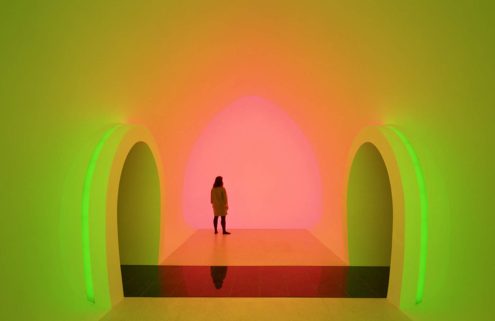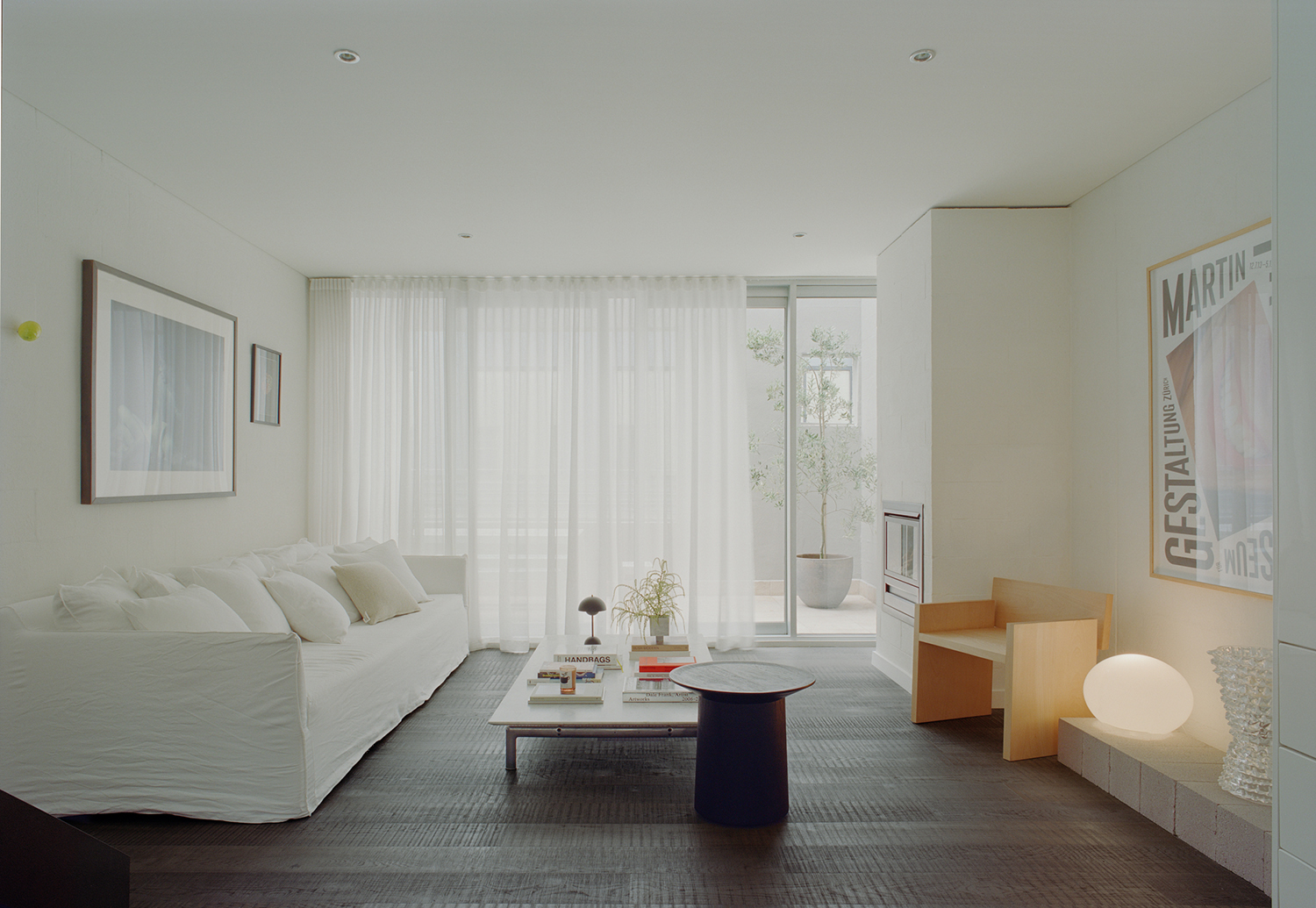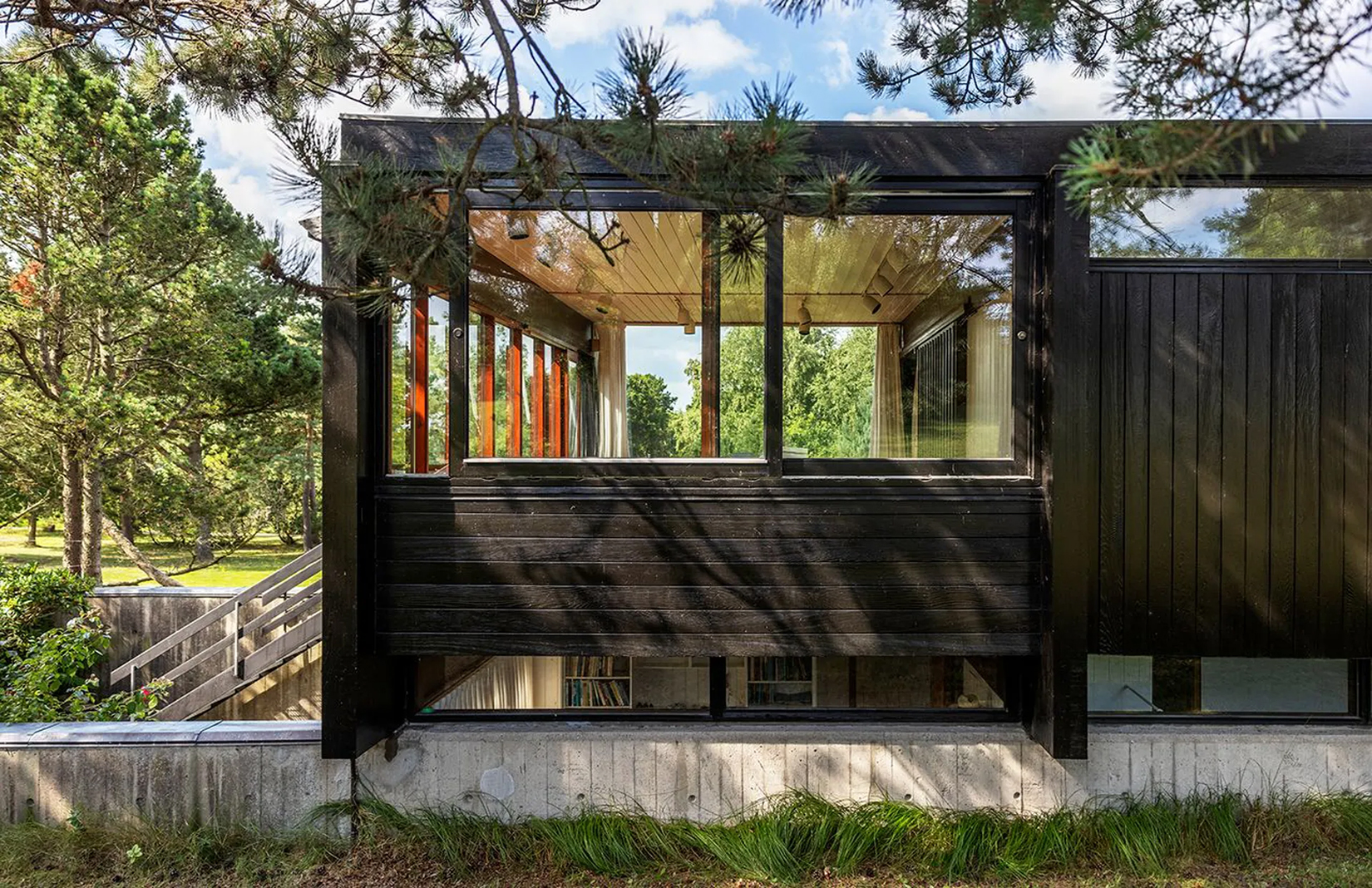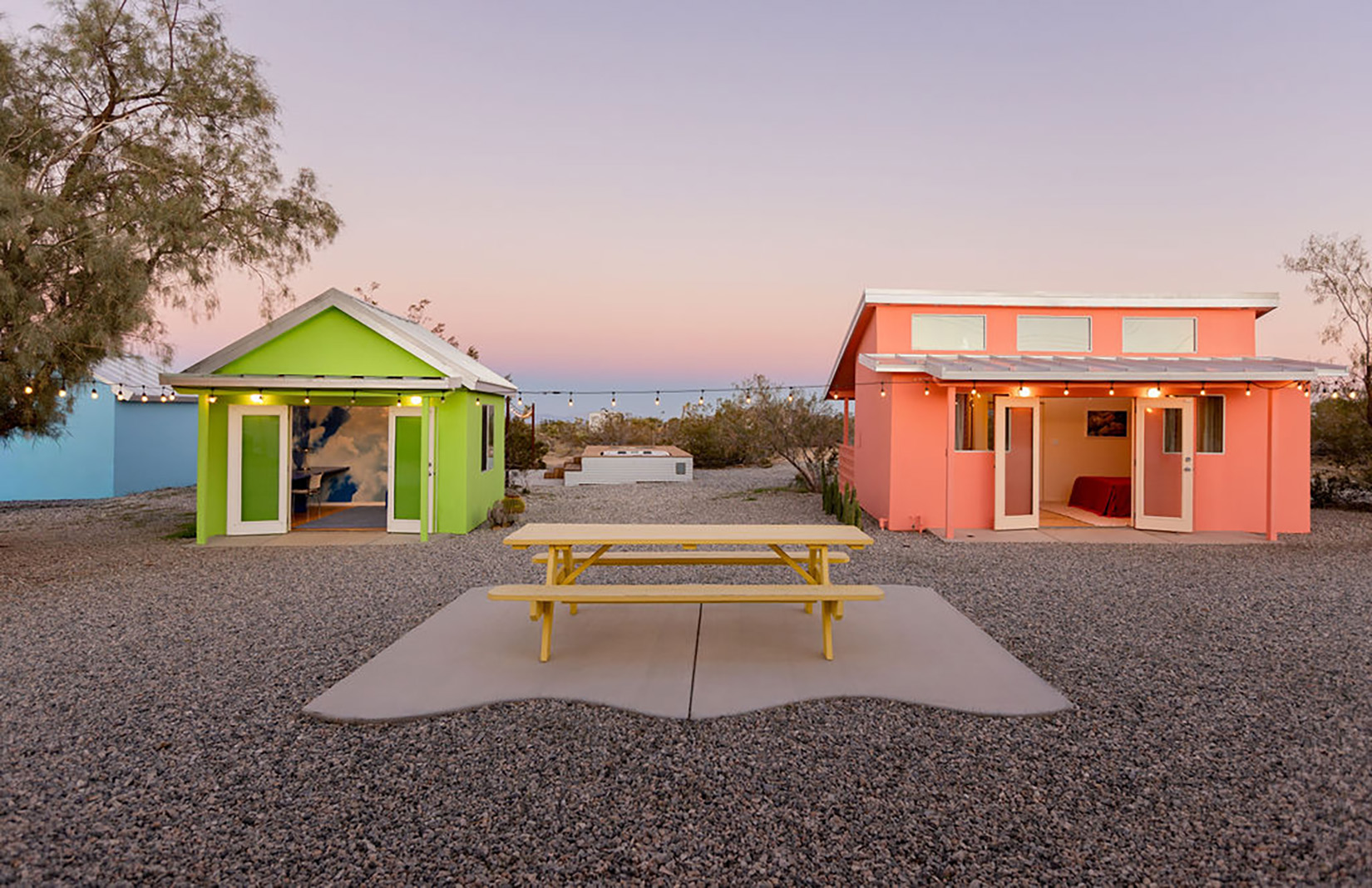Norway was just a poor strip of sparsely-populated rock until the 1970s, and architecture was mostly modest and practical. Then North Sea oil was discovered, making Norway one of the world’s richest countries.’This wealth is the reason for an upswing in Norwegian architecture during the last few decades.’ That’s according to Ingerid Helsing Almaas, senior advisor at the promotional body Design and Architecture Norway (DOGA), which also supports the country’s annual design exhibition at Milan’s Salone del Mobile, Norwegian Presence.

By the 1990s, the country had produced its first (and only) Pritzker Prize winner, the late modernist Sverre Fehn. He’s best known for his Glacier Museum at the Fjaerland Fjord, and his 1962 Venice chair is being manufactured for the first time this year by Norwegian brand Fjordfiesta.
Outside Norway, Fehn is hardly a household name, and nowadays, the only architecture firm that springs to mind for most people is 240-strong Snøhetta. At home, Snøhetta’s biggest claim to fame is the 2008 Norwegian National Opera and Ballet, which sits on Oslo’s waterfront. The opera house was built according to the Fjord City masterplan of 2000, and was joined in 2020 by the five-storey Deichman Bjørvika central library by Atelier Oslo and Lundhagem.

And in the last year, another new neighbour arrived when Spanish firm Estudio Herreros’ imposing 13-storey museum dedicated to Edvard Munch opened. Munch has had 700,000 people through the door, even though the artist’s most famous picture, The Scream (1893), is housed a short bike ride away at the National Museum of Art, Architecture and Design. The 54,600sqm slate-clad building is the work of German architects Kleihues + Schuwerk and officially opens this summer.

The Munch Museum by Estudio Herreros. Einar Aslaksen

The Deichman Library by Atelier Oslo and Lund Hagem. Photograph Einar Aslaksen
Back at the harbourfront, the trilogy of cultural buildings has been joined by a swathe of new apartment blocks and a waterside square, which has become a summertime destination. One scheme that stands out is Vannkunsten, by a Danish firm confusingly called Vandkunsten Architects. Deep-pocketed residents can literally jump off their steps into kayaks or straight into the water – cold-water swimming is increasingly popular here.

There are mutterings that some of the residential developments around Bispevika aren’t priced for ‘normal’ Norwegians. Undoubtedly, the city’s eighth Architecture Triennale this autumn – whose theme is ‘Mission neighbourhood, reforming communities’ – will explore this issue. So 800,000-strong Oslo is changing fast – catch it while you can.























